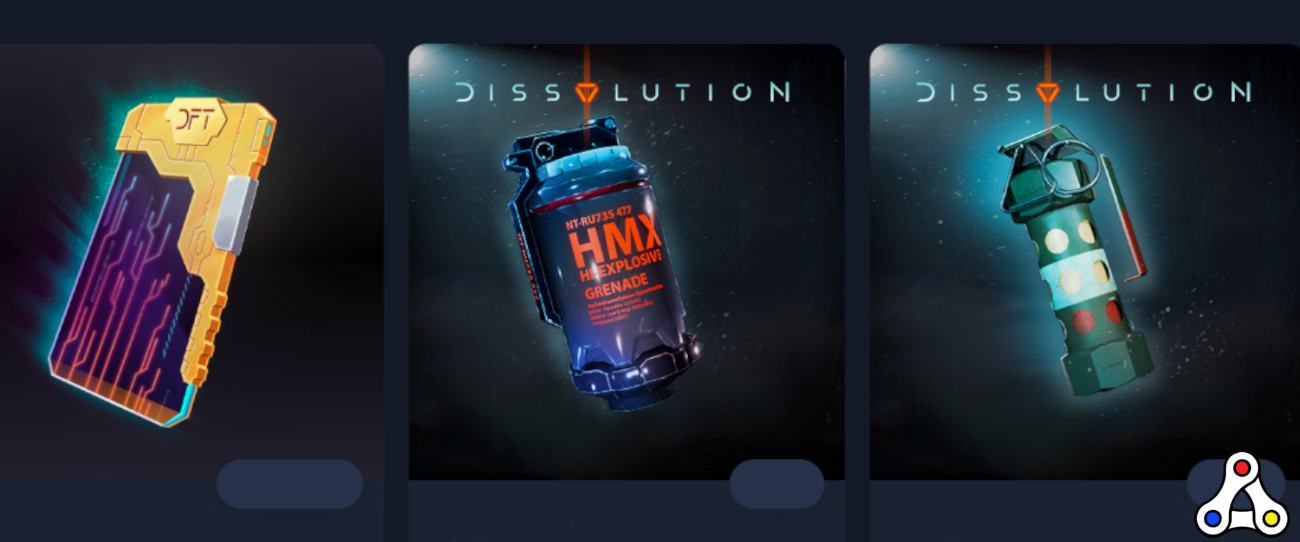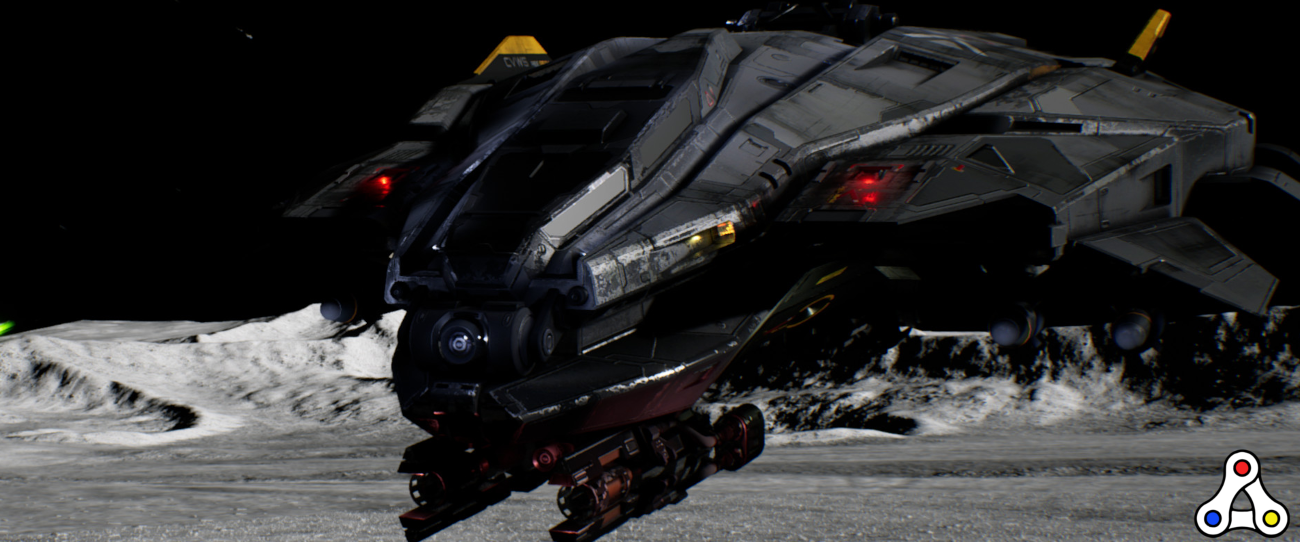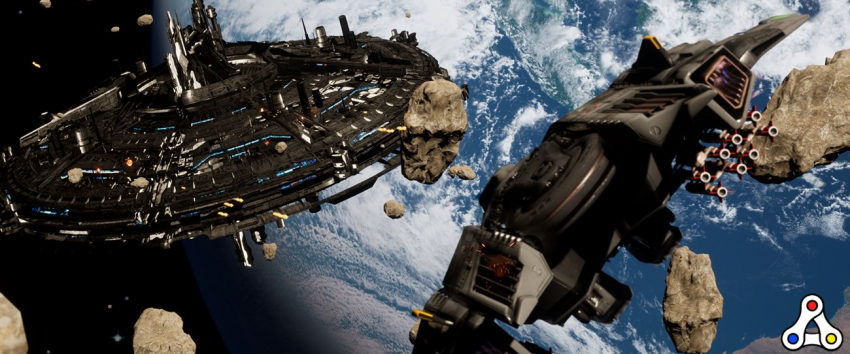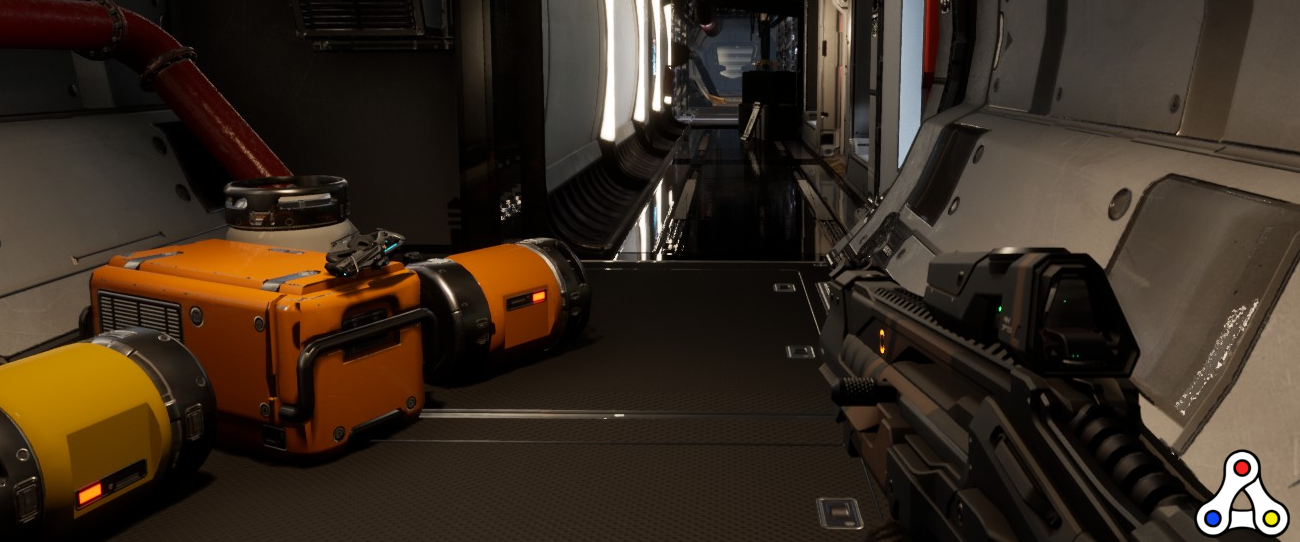Dissolution creator Garage Studios has announced the launch of Xenum, a second-layer solution for Ethereum and potentially other blockchains. Their new platform allows users to trade digital goods and blockchain collectibles without any on-chain costs. Xenum is currently in an alpha testing phase.
The studio made their tools in such a way that nobody really needs to know a lot about blockchain technology. Developers can connect their games to the blockchain without any setup costs by using the Xenum drop-in APIs. In addition gamers themselves don’t need to create wallets or transfers cryptocurrencies.
The creation of Xenum happens after Garage Studios moved away from Enjin a few months ago. At the beginning of the summer, the studio announced a complete overhaul of their game. Players will soon be able to create spaceships from resources they’ve obtained, and then make money by renting their ships to other players.
Not cheap
Dissolution needs a second-layer solution, because the online space game gives players ownership over in-game weapons, items and spaceships. These items can be traded or borrowed from each other. However, moving items and money away from the second-layer and onto – for example – the Ethereum blockchain, seems to be pricey.
Moving an item from Xenum to the blockchain, costs $1.50. Five percent of every sale goes to the studio, and addition 7.5 percent for withdrawing money. On Twitter the first community members have already placed some question marks behind this fee structure.
Xenum is still in an early development phase. In the near future the platform should also allow communities and influencers to create non-fungible tokens. Players can sell these on for example the Xenum marketplace.
Need for second-layer solutions
Even though gas fees have cooled down a bit compared with a few weeks ago, they are still too high for gaming. It’s impossible to make a transaction for one or two cents, which should be the aim. Instead users are paying one or two dollars per transaction at the moment. No wonder multiple gaming companies are looking at second-layer solutions.
Most companies have been embracing Matic Network for their second-layer solutions. They have created a chain that’s very compatible with Ethereum, making it easier for developers to move over. Neon District is just one of the many examples. At the same time Mintbase is using Near Protocol, while Sky Mavis is building Ronin for its own game Axie Infinity.
What does a layer-2 solution solve?
A layer-2 solution is an extra blockchain build alongside the main blockchain. This way a bunch of transactions get bundled on the sidechain, and ultimately get back transported as one transaction back onto the main network. So instead of processing 10.000 transactions, the main blockchain only needs to process one transaction. This type of technology eases the workload of the main blockchain.
In addition all transactions are still secured by the main network. That means that the security of the transactions is still maintained by the processing power that’s behind the original network. In this case we’re mainly talking about Ethereum, but this is also something that holds up for the Bitcoin blockchain. The Lightning Network is – in the end – a layer-2 solution that can carry some of the workload from the Bitcoin blockchain.




